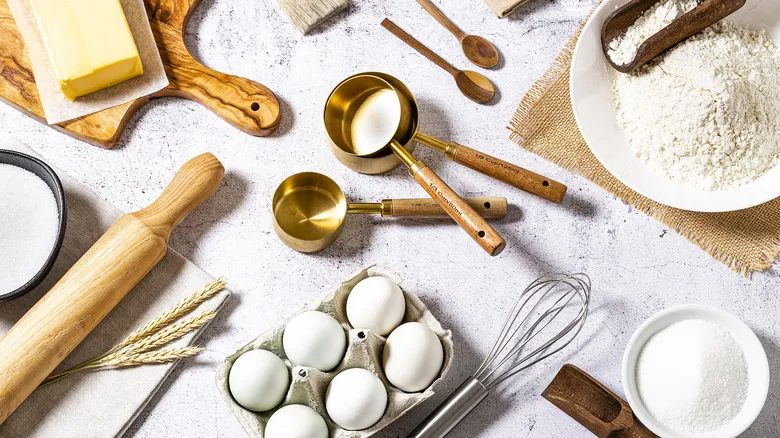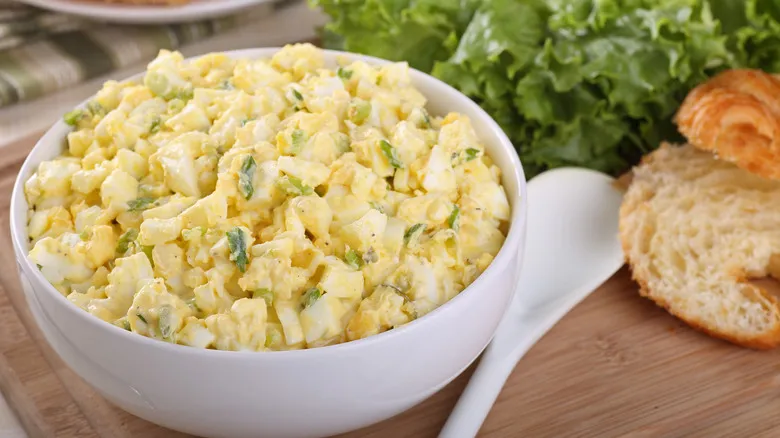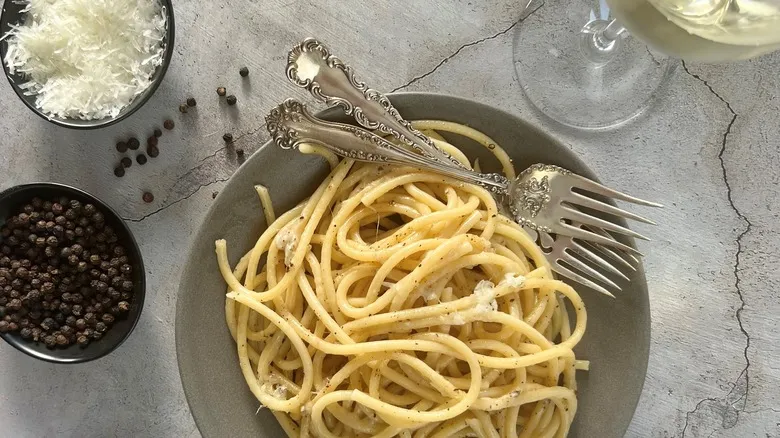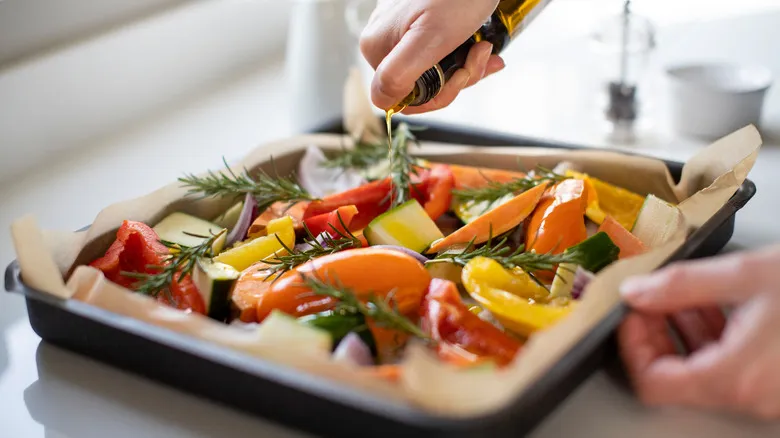Electric mixer

If there's one tool that can revolutionize your baking experience, it's an electric mixer. If you've ever used one while following a recipe, you understand just how essential this appliance can be. While mixing by hand can certainly get the job done, there are times when an electric mixer is not only a time-saver but also necessary for achieving the desired results.
Although a KitchenAid mixer is often seen as the ultimate choice, even basic hand mixers come equipped with various attachments to handle different tasks. Whether you're creaming butter and sugar, whipping egg whites, or kneading dough, an electric mixer simplifies the baking process in countless ways, and more importantly, helps ensure your recipe turns out perfectly.
Measuring cups
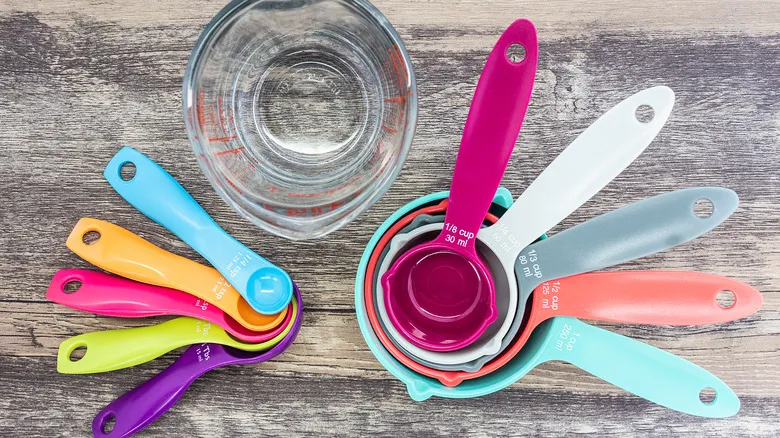
This might seem overly detailed, but measuring cups are a crucial tool for baking. While we encourage creativity in the kitchen, baking requires precise measurements, as it is less forgiving. Recipes typically provide measurements in cups and often indicate whether the cup should be packed tightly or filled gently with a spoon. To ensure accuracy, it's generally advisable to spoon in your ingredients for a level measurement.
Don't overlook your tablespoons and teaspoons, which are usually part of most measuring cup sets. These small tools are vital for the finer aspects of baking—ingredients like baking soda, baking powder, salt, and various seasonings are often used in small amounts, but incorrect measurements can significantly impact the final result.
Mixing bowls
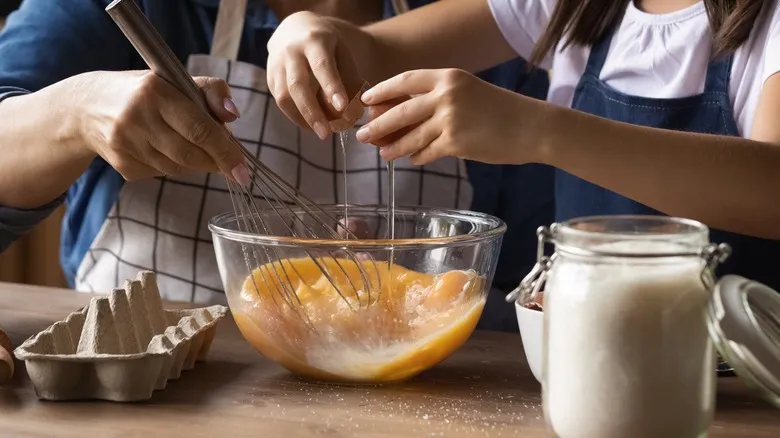
A reliable collection of mixing bowls is essential for any kitchen, and we emphasize the importance of having multiple bowls. While some recipes can be made using just one bowl, many require you to separate wet and dry ingredients before combining them, so having a range of bowls in various sizes is beneficial.
You might be wondering why you can't simply use regular serving bowls. The answer lies in the design of mixing bowls, which are deeper and more suitable for baking tasks, particularly when working with ingredients like flour. Additionally, a stainless steel mixing bowl can withstand the vigorous movements of hand or electric mixers without sustaining damage. For an added touch of convenience, consider a set of mixing bowls with silicone bottoms, which will help keep them securely in place on the counter while you mix.
Digital scale
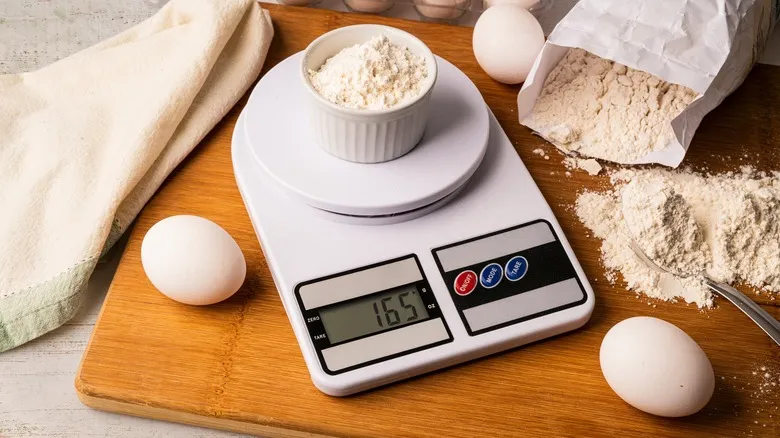
Many members of the baking community will agree that the most effective and precise method for measuring ingredients is to skip cup measurements and opt for a digital scale instead. While simpler recipes may allow for some leeway in measurements, a scale becomes essential for more intricate creations, particularly when it comes to accurately measuring key ingredients like flour.
The weight of a cup of packed flour can fluctuate based on how it is packed, which is why using a digital scale is crucial for proper measurement. Most recipes will provide ingredient amounts in grams, ensuring accuracy. To measure, simply place your mixing bowl on the scale and reset it to zero before adding your ingredients. For those who strive for perfection in their baking, investing in a digital scale is a must-have addition to your baking toolkit.
Rolling pin
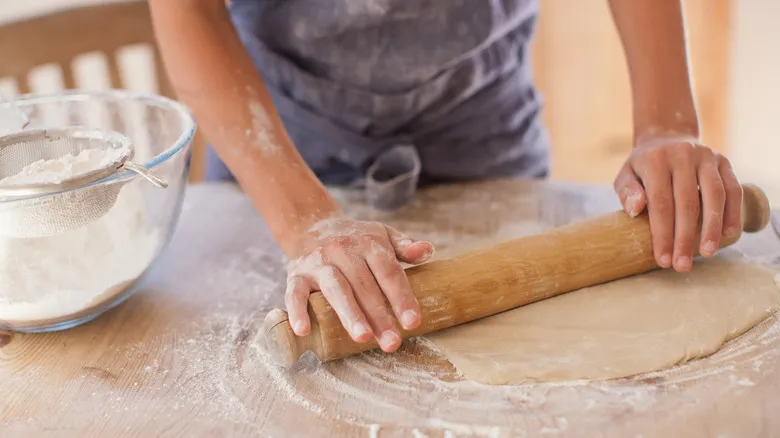
Set the glass bottle aside and head out to purchase a rolling pin for your upcoming baking endeavor. Contrary to what you might find online, there truly is no substitute for a rolling pin when it comes to baking. If you plan on making bread soon, ensure you have this vital tool on hand first. This applies to any recipe that requires the dough to be rolled out before shaping and baking, including the beloved cinnamon rolls.
Depending on the material of your rolling pin, you might find that the dough sticks to it while you roll. To prevent this, generously sprinkle flour on both your work surface and the rolling pin as needed. If you think a rolling pin is only useful for one purpose, think again—there are numerous other ways to utilize this kitchen tool that will make it a valuable addition to your collection.
Baking trays
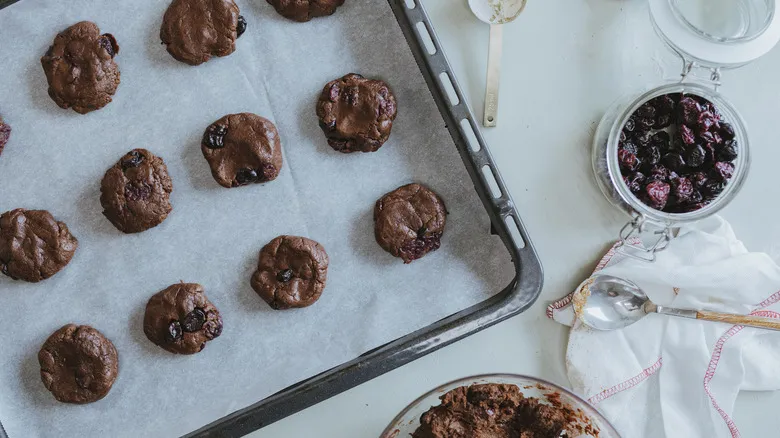
While there are numerous tools that are vital during the preparation stage of baking, a few key items are essential for the actual baking process. One of these items is baking trays, which provide a flat surface for your baked goods to rest on in the oven. Large aluminum trays are ideal for baking a variety of items, from cookies to scones.
Aluminum is favored for baking because it is relatively durable and retains heat more effectively than materials like glass, promoting an even bake. Be sure to follow the recipe instructions regarding tray preparation, which often includes lining the tray with parchment paper or foil to prevent sticking. Even nonstick pans can accumulate residue over time, so it's important to clean your baking sheets after each use.
Loaf pans
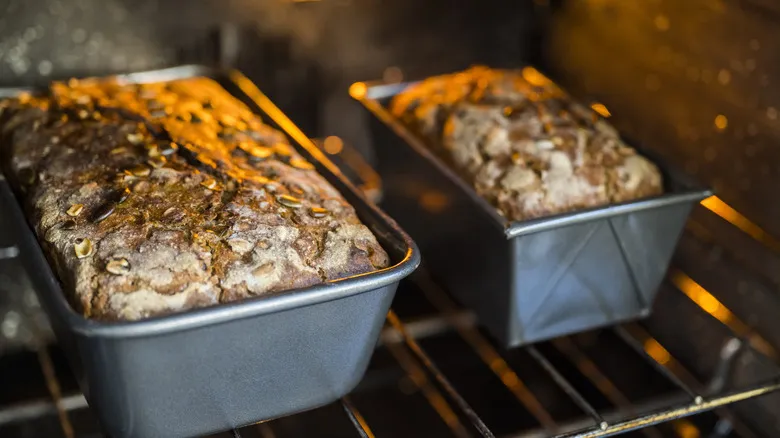
Baking trays can introduce a whole new set of challenges as you delve into more specialized baking. As you broaden your baking skills, you'll discover that certain unique recipes necessitate specific pans for various shapes and types of baked goods. One essential pan that proves invaluable is the classic loaf pan, which is utilized for a wide array of bread recipes.
Quick breads and sweet loaves are among the simplest, most beginner-friendly recipes available. While these recipes do demand careful attention to detail, they typically involve fewer steps and less overall preparation time. However, these creations wouldn't be possible without a pan to bake your loaf in. The standard dimensions for these pans are 9x5 inches. You can often find disposable foil pans at your local grocery store, but we suggest investing in a reusable metal pan to keep in your kitchen.
Muffin tins
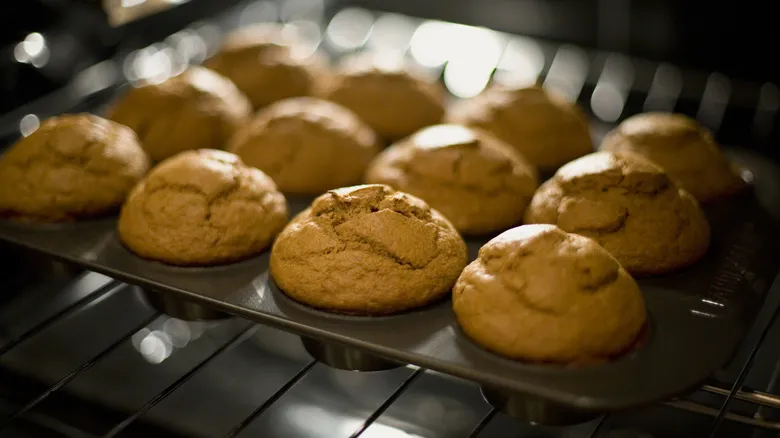
Next on our list of specialty pans is a muffin tray, also known as a cupcake tray, depending on your needs. There's no denying it – these tins are crucial for muffin recipes, ensuring your baked treats have a consistent shape and bake evenly. Muffin recipes, much like loaf recipes, are quite straightforward to prepare and are ideal for whipping up quickly for any event.
Using a muffin tin to create cupcakes is an excellent way to practice achieving that perfectly moist cake texture on a smaller scale before tackling larger cakes. There are countless recipes available to inspire your creativity with muffins and cupcakes, so be sure to grab a muffin tin the next time you're shopping and start baking!
Cake pans
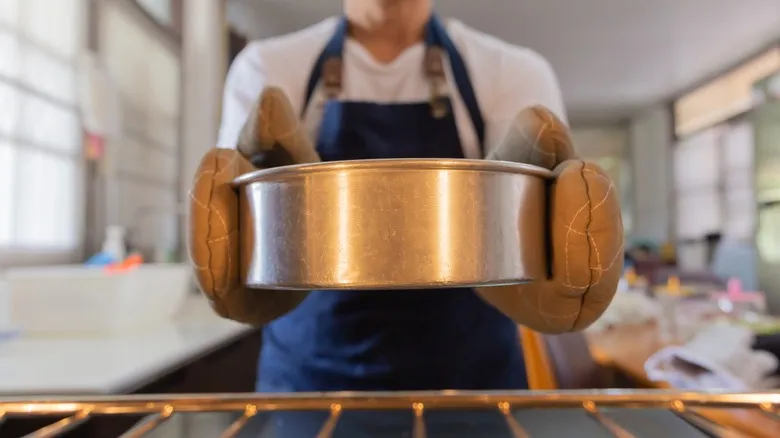
Not everyone can become a cake master instantly – it requires time, practice, and, most importantly, the right baking equipment. It's obvious that cake pans are crucial for your cake-making success. Whether you choose round or square, having a set of pans allows you to bake multiple layers simultaneously. Even if you're just starting out, beginning with at least two layers is a great way to go, especially for a classic white cake.
Cake pans also come in various shapes if you're ready to explore specialty options. A great example is bundt pans, which are designed to create beautifully shaped bundt cakes. When using any of these pans, it's essential to ensure that each one is well-greased (even if it's non-stick) so that your cakes can easily release without any hassle.
Spatulas and whisks

It goes without saying that handheld mixing tools are essential for any baker. While an electric hand mixer is great, there will always be some manual effort involved in baking. First on the list are whisks, which are incredibly versatile. We recommend a metal balloon whisk, perfect for beating eggs, mixing dry ingredients, and whipping cream—essentially, it can handle a variety of tasks.
Another indispensable tool for bakers is the spatula. Whenever a recipe instructs you to incorporate or gently fold in ingredients, it's time to reach for a spatula. Rubber spatulas, in particular, are excellent for scraping bowls and reaching into tight spots to ensure nothing goes to waste. While forks and spoons can work in a pinch, these mixing tools are designed to make your baking experience smoother and more efficient.
Cooling rack

A cooling rack might not be the first item that springs to mind when you think of baking, but it is undoubtedly an essential and often overlooked tool. A metal wire cooling rack, while primarily serving a single function, plays a vital role in the baking process. Generally, it's best to transfer your baked goods from their pan once they have finished cooking for the recommended time. If you leave them in the metal pan, they may continue to cook and risk becoming overdone.
This is where a cooling rack proves invaluable, providing an ideal surface for your baked items to cool and set. When placed over a plate, a cooling rack also serves as an excellent aid for icing cakes or other delicious desserts. It allows you to be as messy as you need to be while effortlessly catching any excess icing.
Pastry cutter
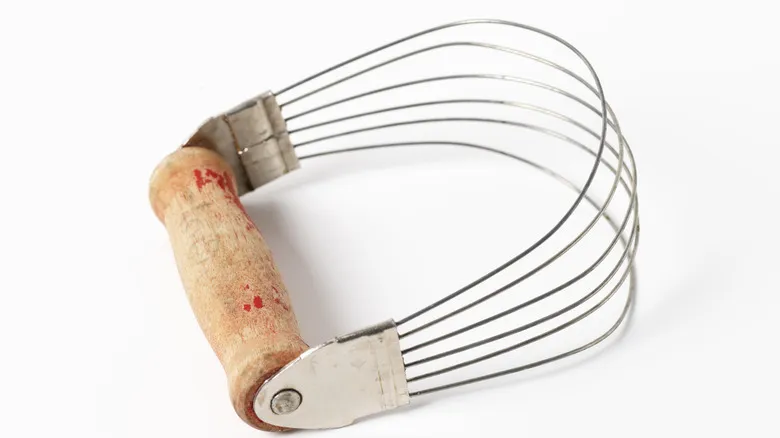
A pastry cutter is an essential tool in the world of baking. These u-shaped, handheld instruments are ideal for incorporating cold butter into flour, a task that may seem specific but is well-known among bakers. Puff pastries and other flaky treats, such as pies and biscuits, rely on the technique of cutting cold butter into the flour, which is where this tool proves invaluable.
While some recipes suggest using your hands, the heat from your fingers can cause the butter to soften, complicating the process. The design of the pastry cutter, with its blunt metal blades, allows for easy cutting of the butter into small pieces while maintaining its cool temperature.
Parchment paper
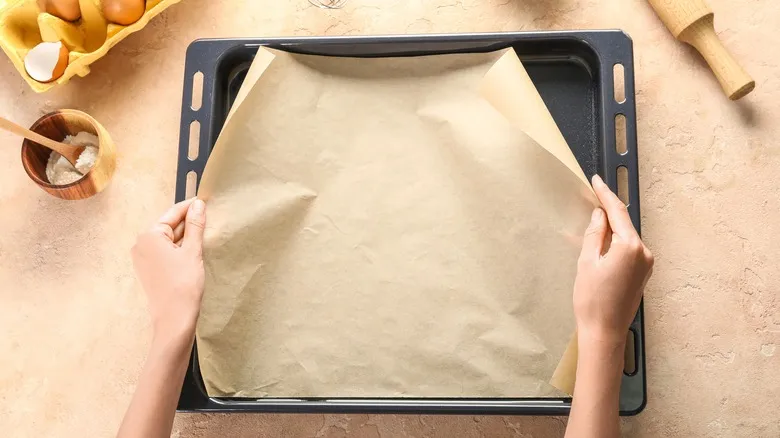
The last thing you want after investing time and effort into a delicious treat is for it to stick to the bottom of the baking pan. Even with non-stick labeled pans, it's always wise to play it safe and line your trays with parchment paper. You may be curious about the benefits of parchment paper, as well as the differences between parchment paper, wax paper, and aluminum foil.
Parchment paper is the most versatile option, capable of withstanding the high temperatures often encountered in baking. Whether you're making cookies on a tray, brownies in a pan, or any other baked goods, parchment paper helps prevent the bottoms from becoming overly brown or even burnt. Simply shape the parchment paper to fit any pan, and let it do its job.
Sieve
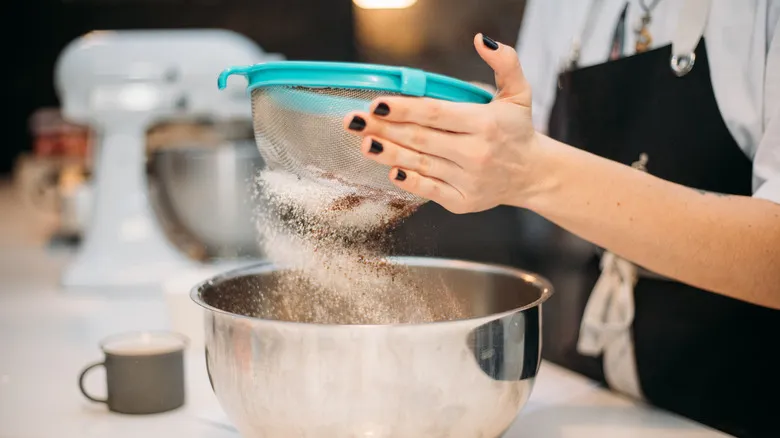
There seems to be an abundance of tools available for accurately measuring flour, which indicates its significance in baking. Clumpy flour can be a baker's worst enemy and may be the reason why some of your baked goods don't turn out as planned. Fortunately, a sieve is the perfect solution to this issue.
A sieve functions similarly to a colander, but its fine mesh is designed to separate clumpy flour and eliminate any unwanted lumps. If a recipe specifies sifted flour, it's essential to have this tool readily available. As previously mentioned, flour can be finicky when it comes to weight and measurement. Using sifted, fine flour guarantees that you have the right quantity and quality for your baking needs.
Grater
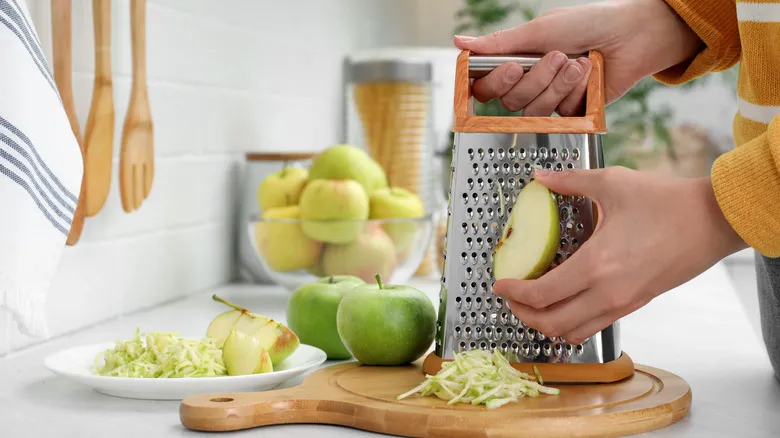
If you have a cheese grater at home, you're in luck when it comes to this baking essential. While it may seem specialized, a grater can be quite useful for various recipes that require grated ingredients, particularly fruits and vegetables. Consider moist zucchini bread or carrot cake, both of which benefit from the finely shredded vegetables mixed in.
Similarly, a zester is an excellent tool for adding flavor to your baked goods with citrus fruits like oranges and lemons. By removing small pieces of the skin from these fruits, you can enhance your baking with a delightful balance of sweetness and tartness. If you own a box grater with different sides, you'll find that one side is finer than the others—this is the side to use for grating citrus.
Cookie scoop
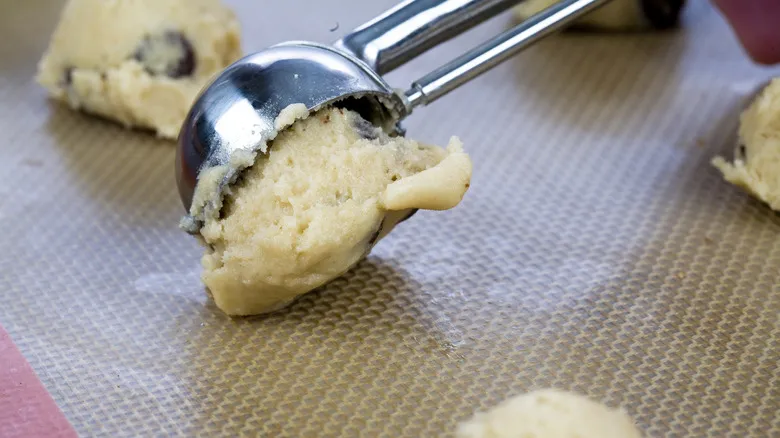
While this tool has "cookie" in its name, cookie scoops are incredibly versatile and can serve many purposes in the kitchen. Naturally, a cookie scoop is crucial for shaping and portioning the ideal cookie—whether it's chocolate chip, oatmeal raisin, or snickerdoodle, the options are limitless. This handy baking tool guarantees that every cookie is uniform in size.
If you've ever attempted to estimate the right amount of batter for muffins or cupcakes, you'll understand the value of this tip, which you may already be familiar with. A cookie scoop is an excellent way to ensure consistent measurements, no matter what you're preparing. We’re confident there are many other inventive uses for a cookie scoop, but for now, take our word for it and add one to your kitchen arsenal.
Recommended

How To Make An Authentic Philly Cheesesteak At Home, According To The Pros
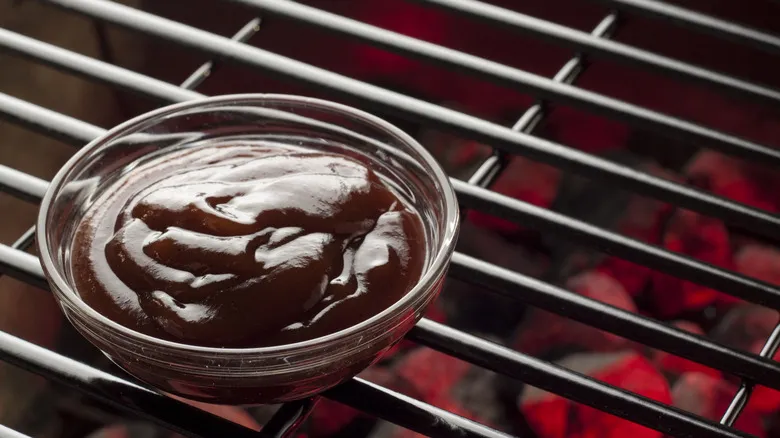
Barbecue Sauce Used To Look A Lot Different
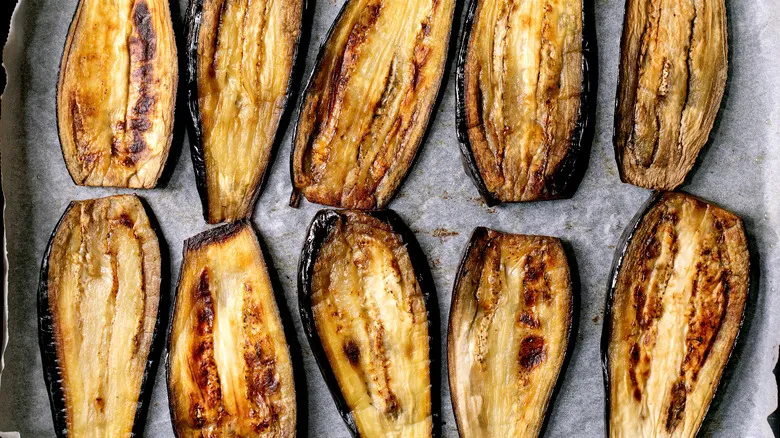
Achieve Perfect Eggplant Texture With These Ottolenghi-Approved Roasting Tips
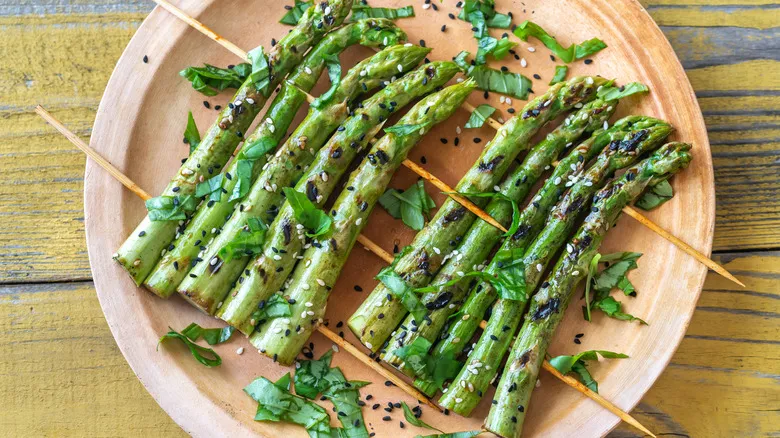
For Superior Grilled Asparagus, Try Skewering Them
Next up

